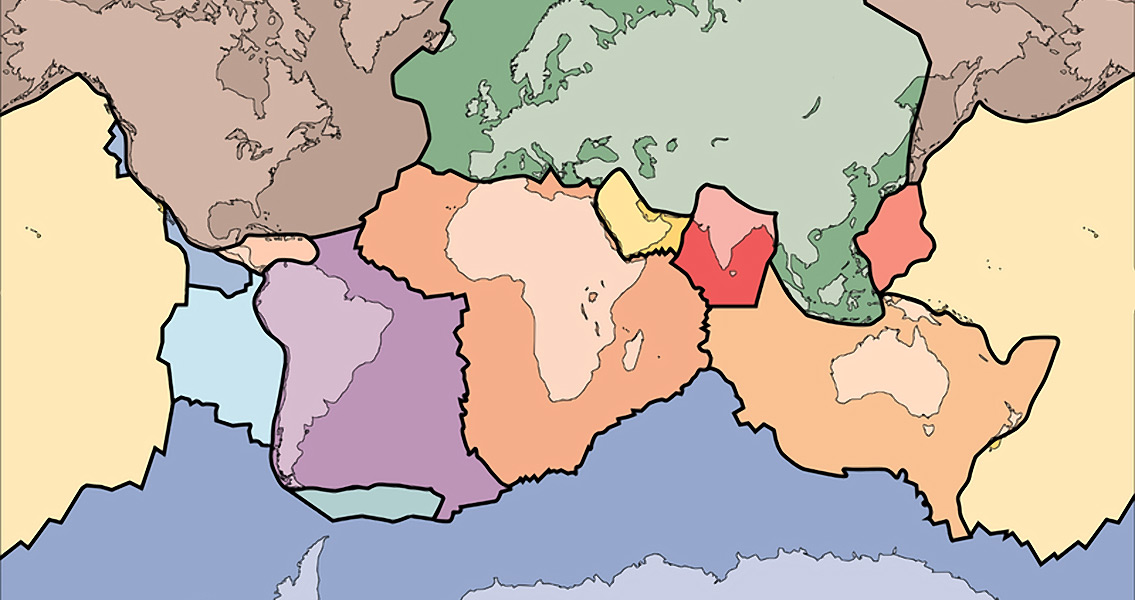<![CDATA[A team of scientists has suggested that the varying levels of mineral nutrients in the sea, released as a result of plate tectonics, played a major part in at least the very early stages of evolution. In an article for Heritage Daily two of the study’s authors, Ross Large and John Long, explain that they have found a correlation between the abundance of trace elements essential for life, and the emergence and evolution of new life forms. At the same time, they argue, periods of low concentration of these trace elements corresponded with three mass extinction events. The researchers examined over 4,000 samples of pyrite grains, taken from seafloor mudstone from different oceans around the world, using laser technology. The trace elements they looked at were copper, zinc, phosphorus, cobalt, and selenium, all of which are essential for most life forms on Earth. These and other nutrients appear as a result of the erosion of rocks. Erosion, in its turn, is much more serious during major plate tectonics events that lead to the rise of new mountains. Hence, following such events, the amount of essential trace elements in the sea rose considerably, driving plankton growth and evolutionary change all along the food chain. Then, as erosion continued, the levels of these nutrient elements on the surface fell down, leading to a corresponding decline in their levels in the sea, possibly causing extinction events. According to Large, distinguished professor of geology at the University of Tasmania, and Long, strategic professor of palaeontology at Flinders University in Australia, the levels of mineral nutrients in the sea rose substantially prior to two major evolutionary periods – the Ediacaran, between 635 and 542 million years ago, and the Cambrian, between 541 and 485 million years ago, commonly referred to as the Cambrian explosion when most of the fauna groups we know today emerged, according to most scientists. At the same time, the researchers found a correlation between periods characterised by low levels of nutrients and periods of mass extinction: the end of the Ordovician, Devonian, and Triassic periods. The authors of the study, titled “Cycles of nutrient trace elements in the Phanerozoic ocean” and published in Gondwana Research, note an interesting finding: the emergence of the first tetrapods that lived on land rather than in the oceans corresponded with a significant decline in the levels of trace element nutrients in the sea. Perhaps, they say, it was this decline that drove some marine species to the shores, in search of food. However, they also admit that no such correlation between nutrient levels and evolutionary changes was found for the early Triassic period, when dinosaurs and mammals evolved. The reason they have suggested for this is that the correlation between nutrient cycles and evolutionary changes holds true mostly for sea life. In fact, the correlations found so far are from the period before life on land became abundant. No such correlation was found between land biodiversity and trace element levels after that. Further research is being conducted right now, they add, that will hopefully shed further light on the possible connection between tectonic plate movements and evolution. For more information: “Cycles of nutrient trace elements in the Phanerozoic ocean” Image courtesy of Wikimedia Commons user: US Geological Survey]]>
Did Tectonic Plate Movement Drive Evolution?
